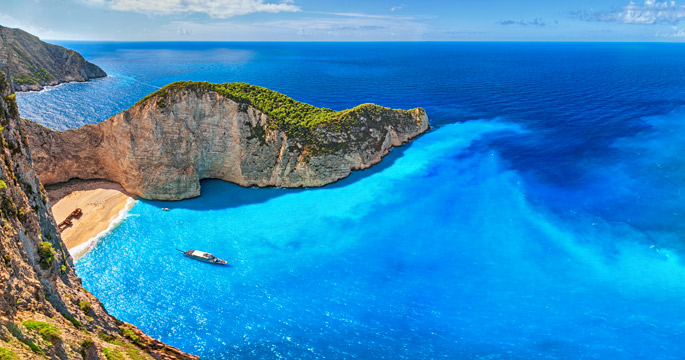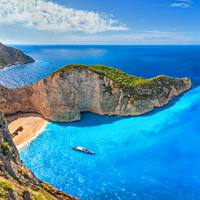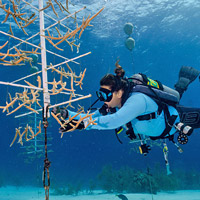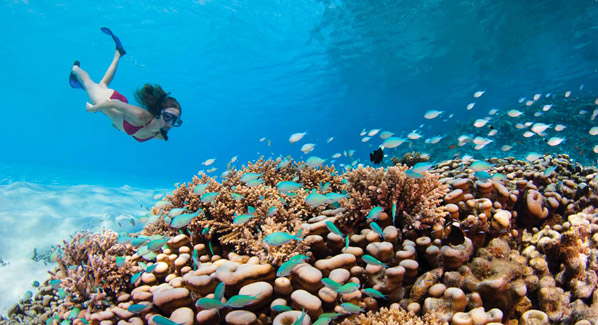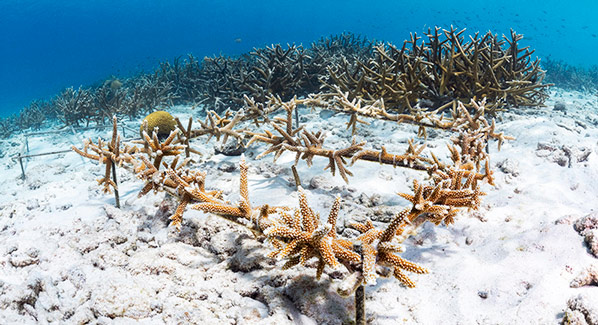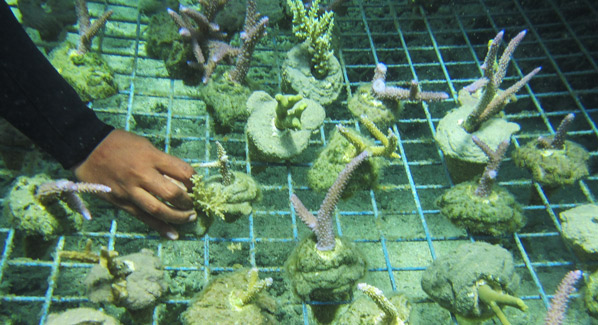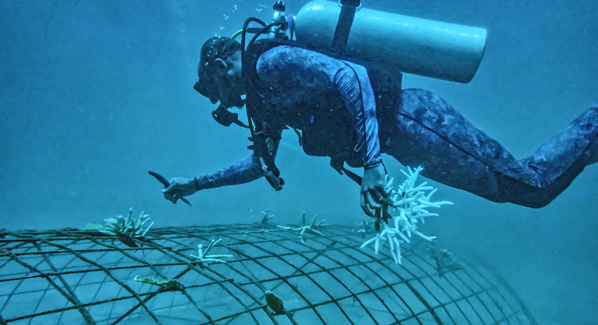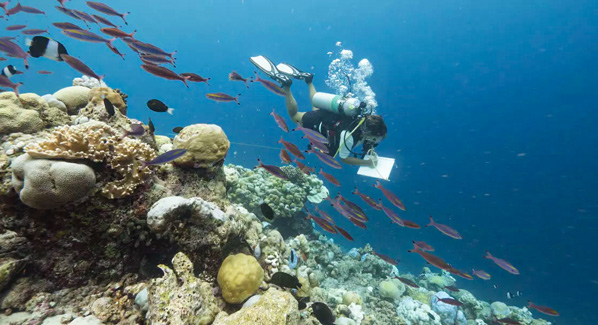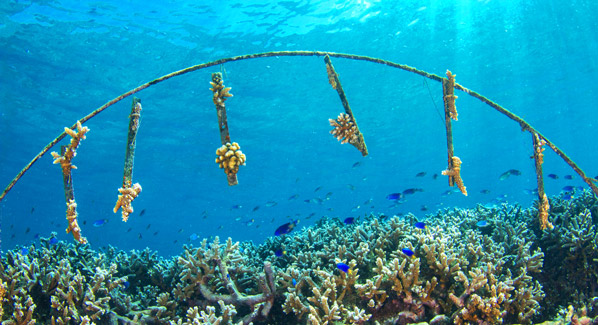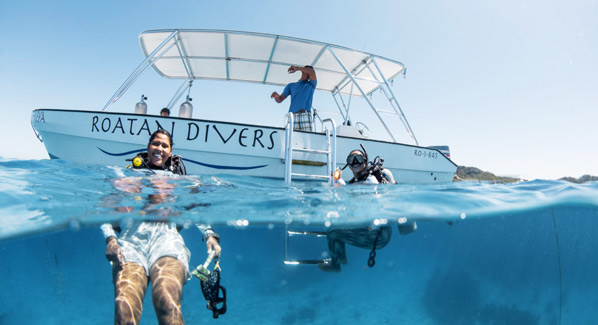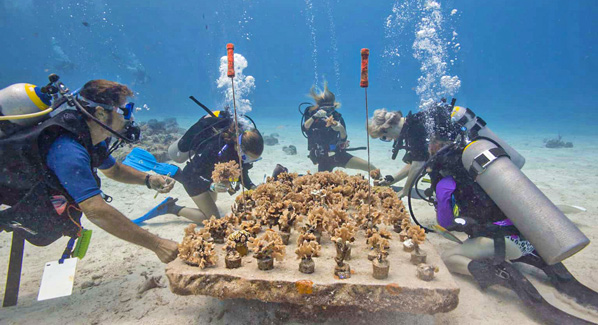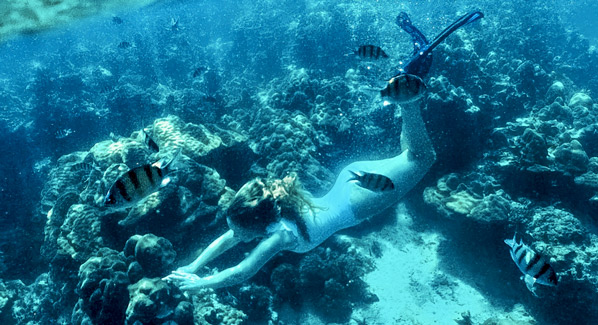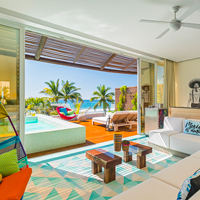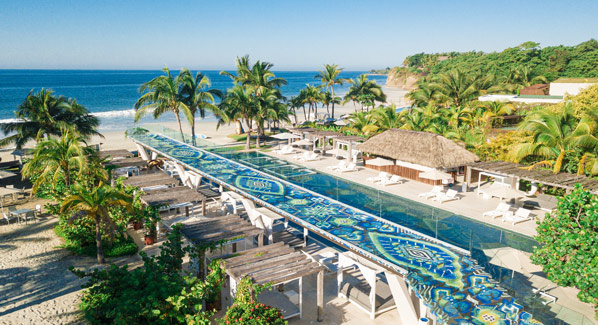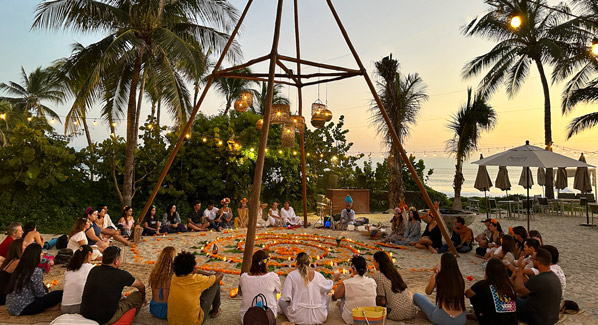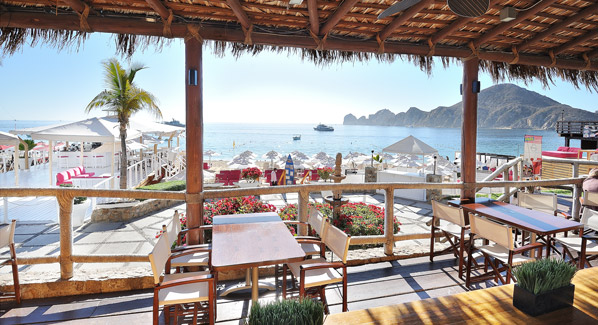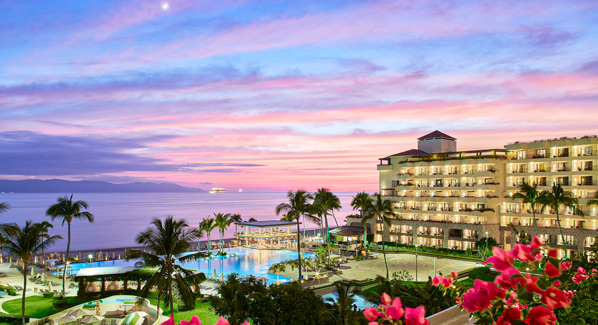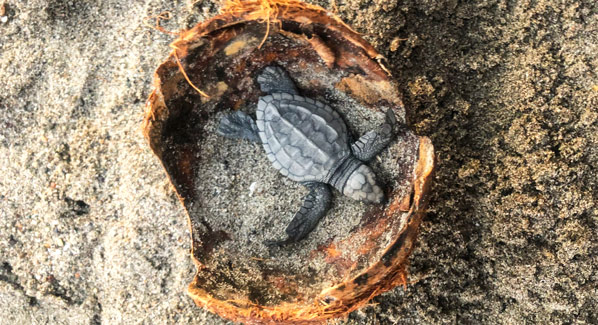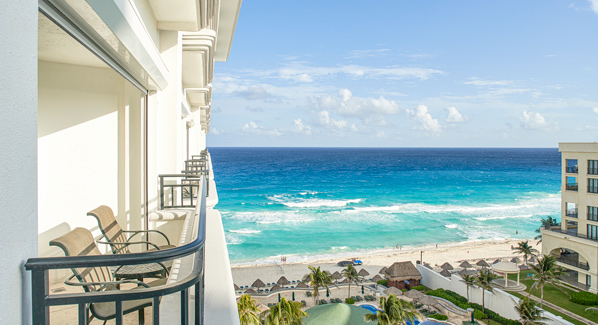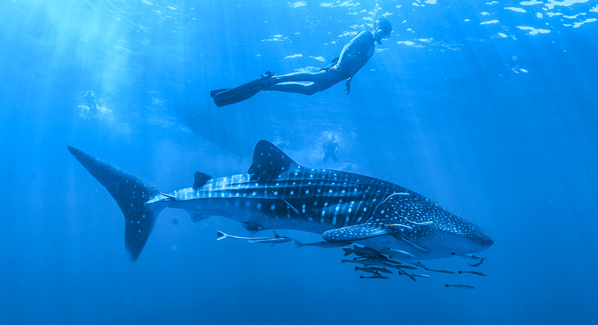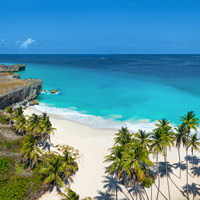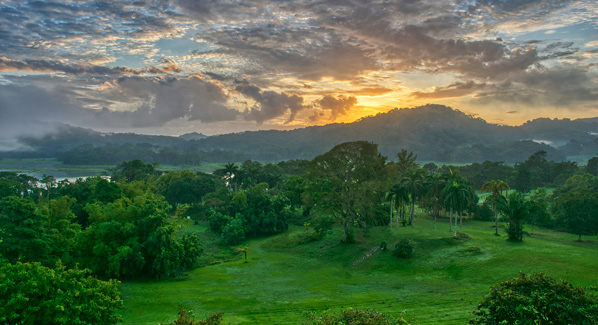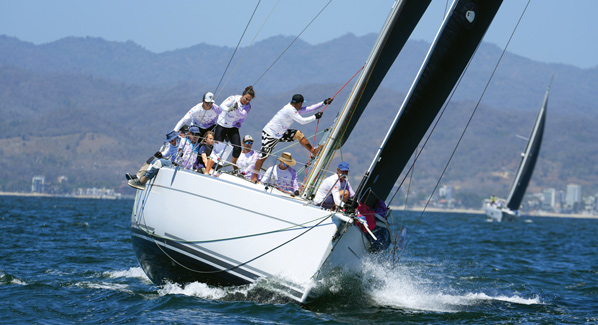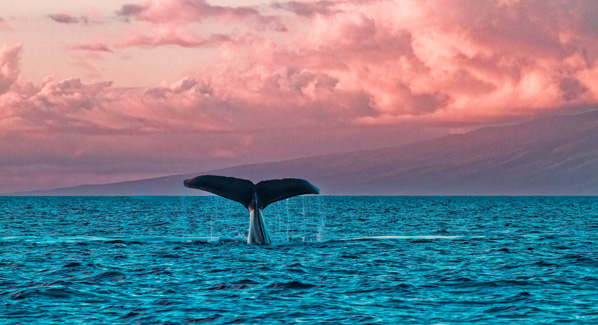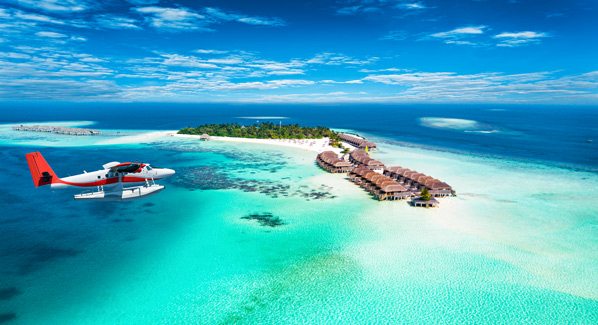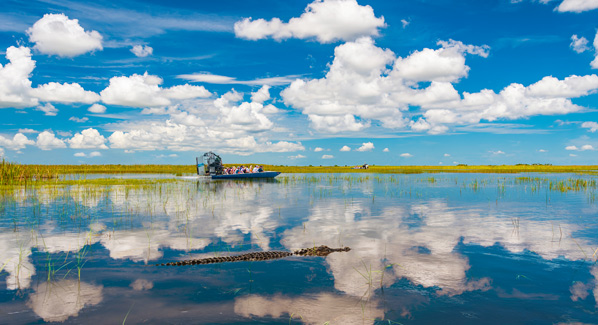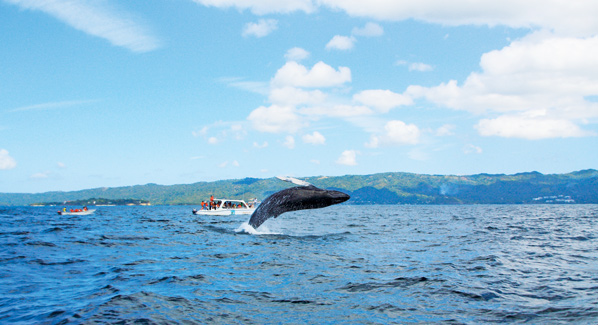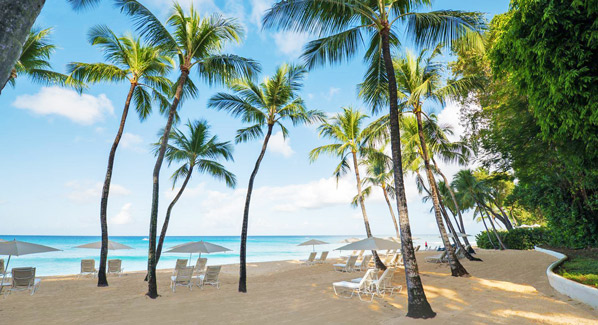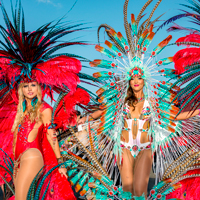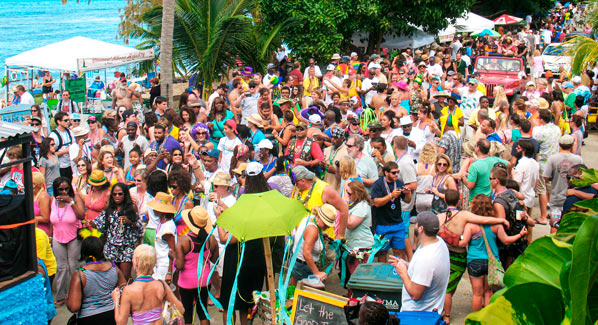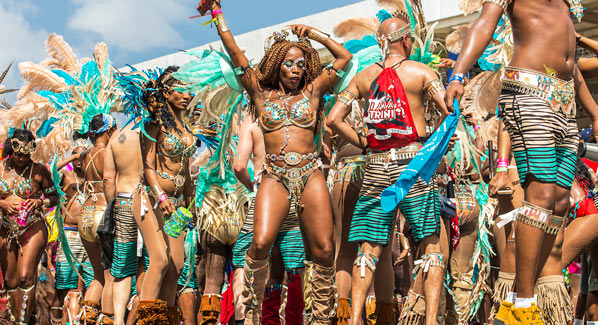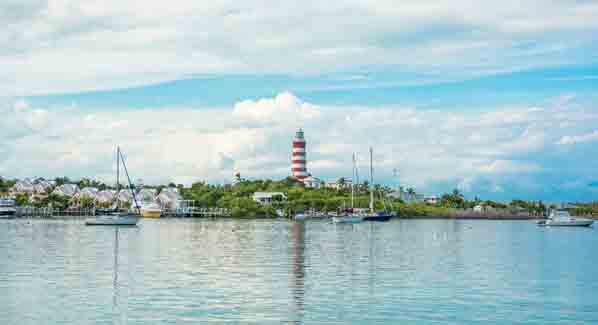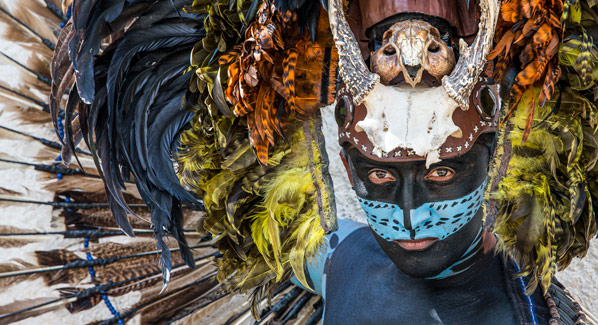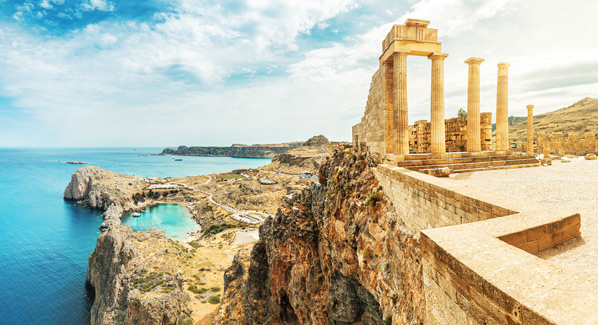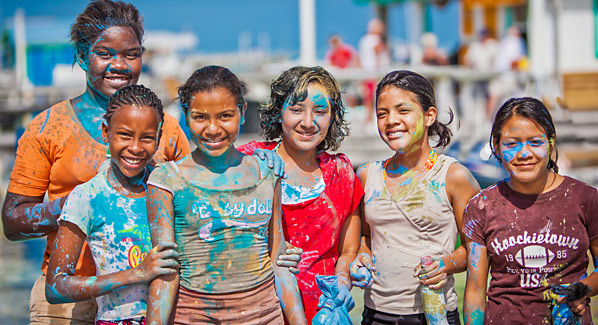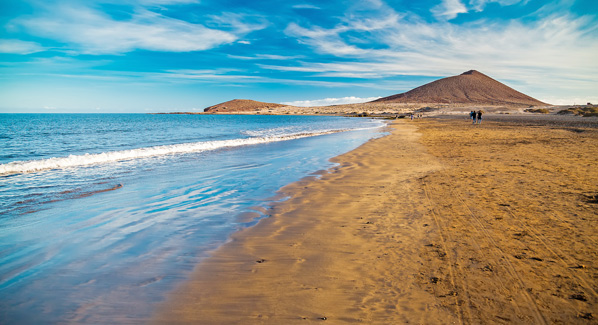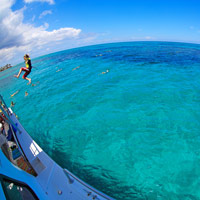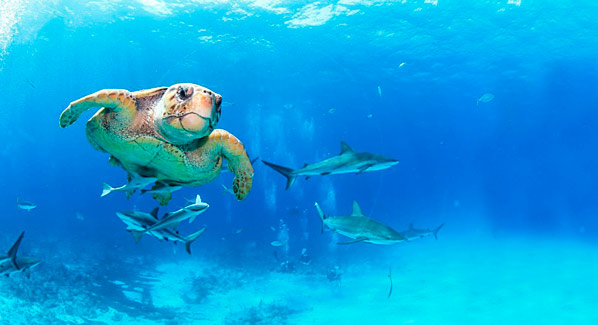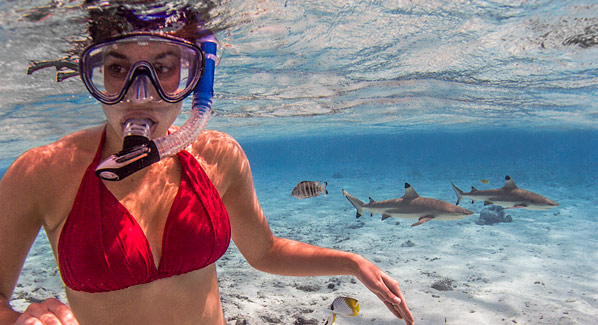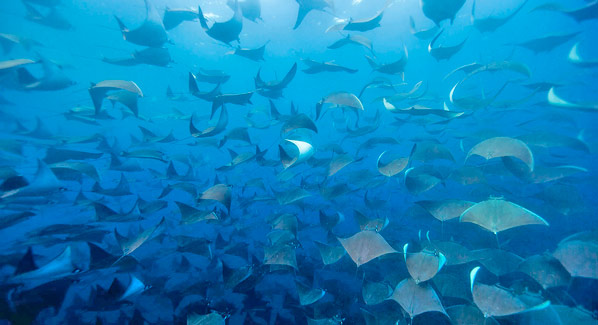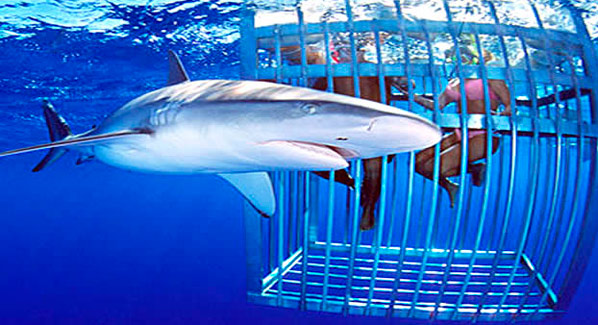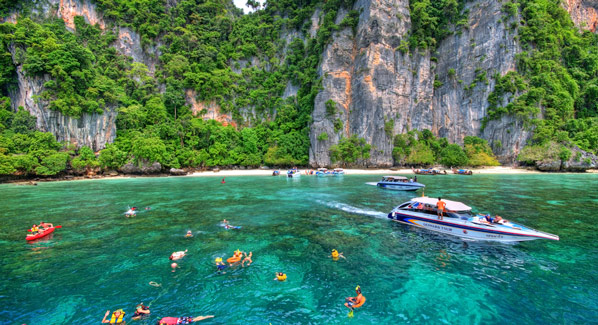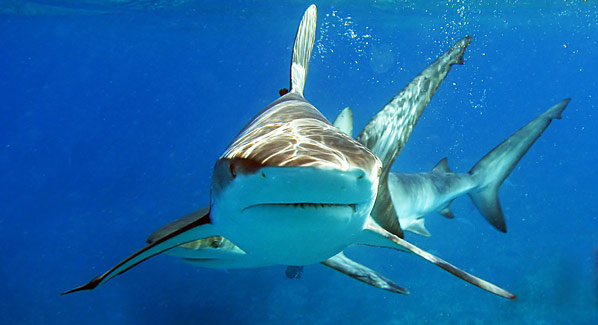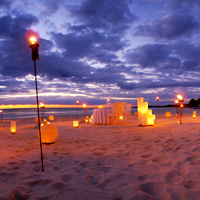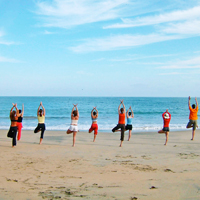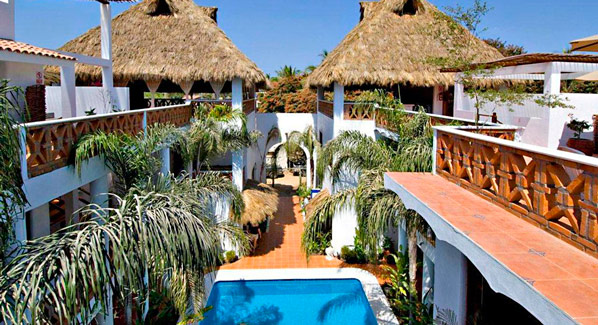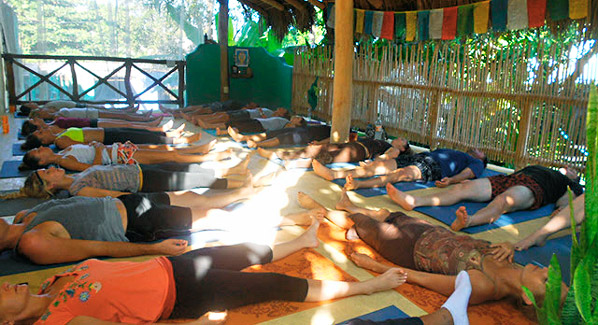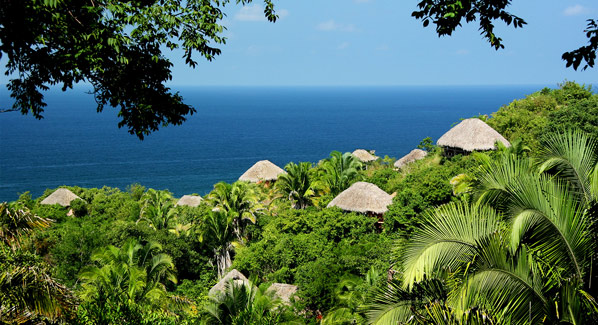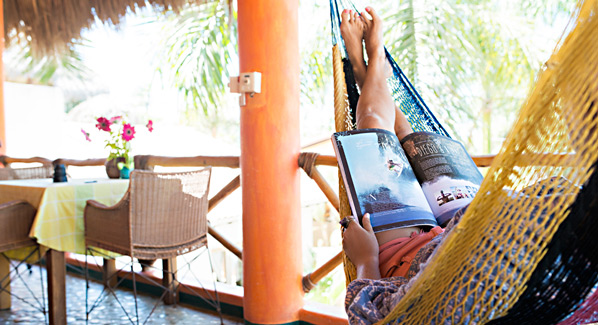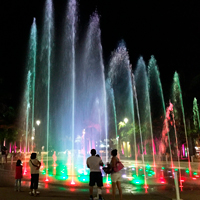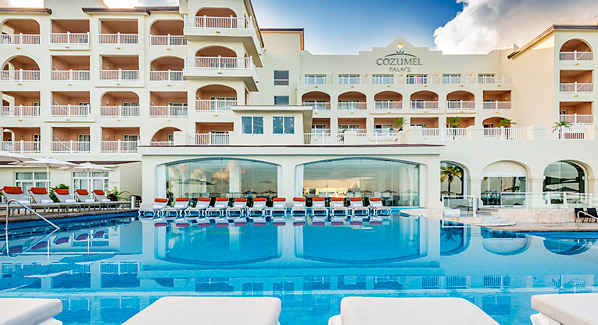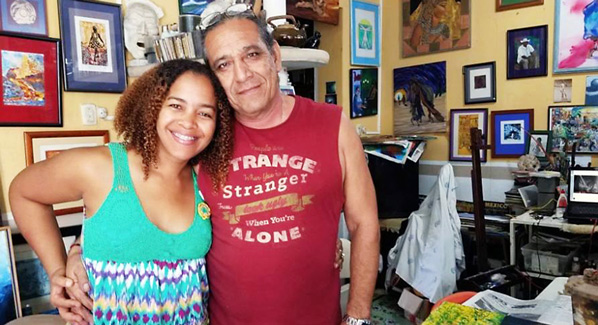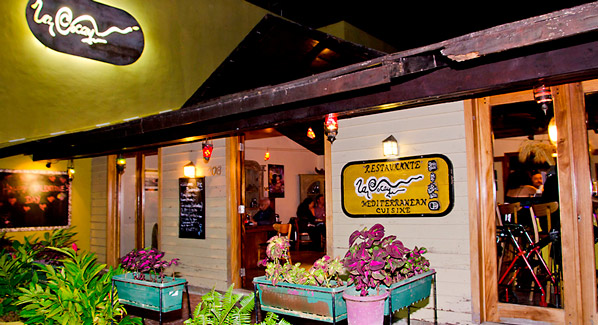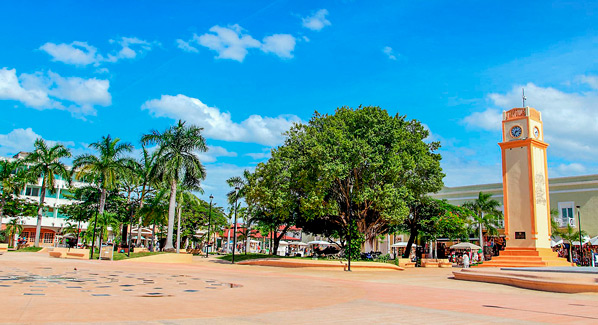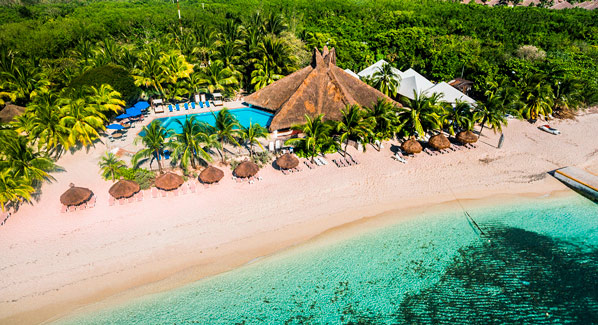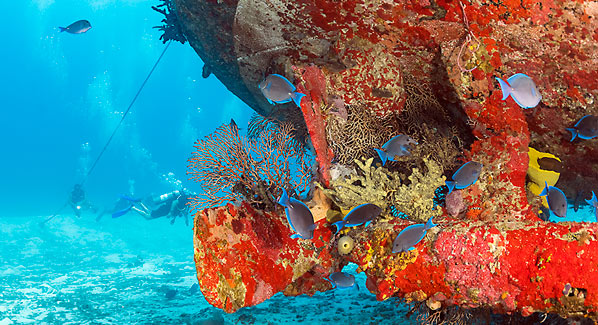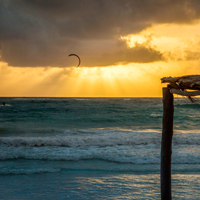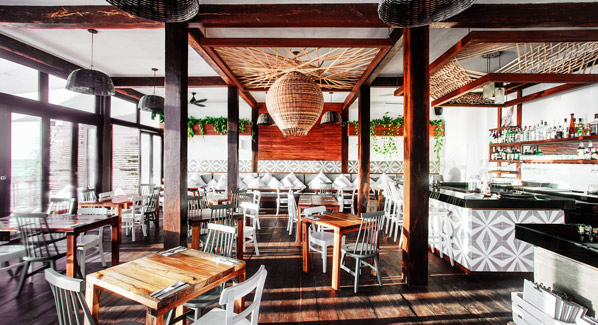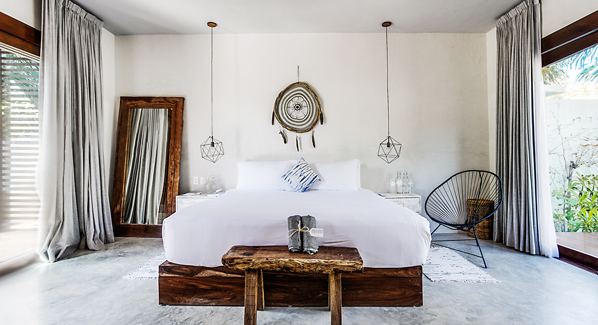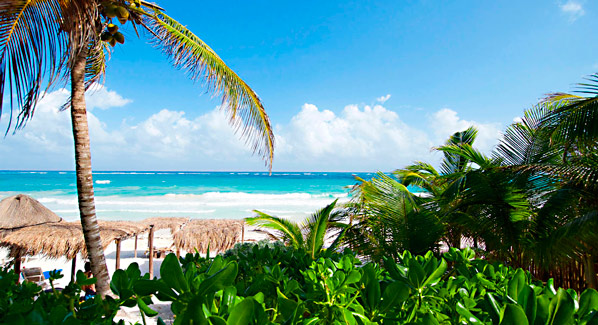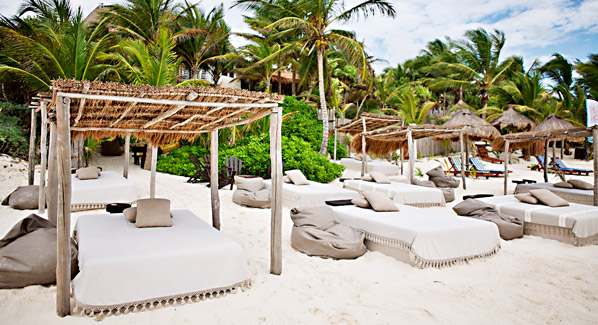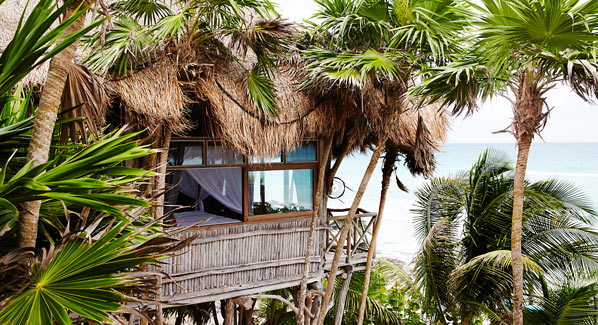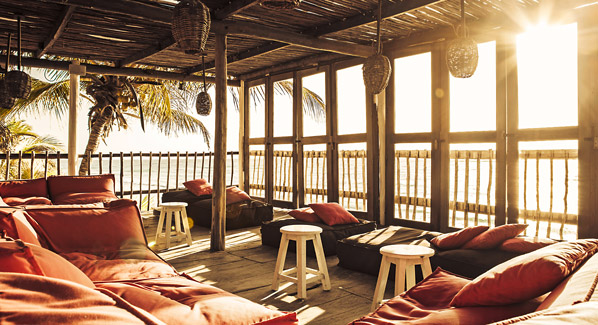When the summer travel rush subsides, you’ll find fewer crowds and lower temperatures, all conducive to exploring some of these stunning destinations around the world. Uncover gorgeous beaches, challenging hiking trails, and meaningful connections to nature at these six spots. Whether you sneak in a long weekend or plan a full-on month away, these places are certain to captivate.
Zakynthos
One of the four larger Greek islands of the Ionian Sea, this isle gets its points for natural beauty. The rocky headlands and white sand beach contrasting with the cobalt sea paint the scene. Inland the scenery is lush, green, and packed with flora and fauna. The eastern side is where you’ll find sandy beaches and on the west coast caves and cliffs. However, the most photographed stretch of sand is Shipwreck Beach, only accessible by boat, showcasing both sandy shores and rocky headlands.
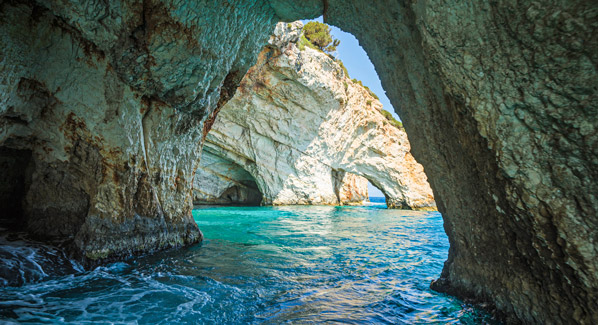
A highlight for visitors to Zakynthos, Greece is the scenic Blue Caves. Access is via the road which includes a walk down 100 steps or by boat. Photo: sietevidas/iStock
The second most famous attraction is the loggerhead turtles, and the National Marine Park of Zakynthos is a spot to see and learn about these amazing docile creatures and other marine life. Summer is the start of nesting season and from May to August hundreds of eggs are laid in the soft sands of the eastern and southern beaches. Hatchlings appear from late July until October and chances to see turtles swimming is best during that time. While it may be tempting to join a boat tour to see the turtles be aware that some may not have the turtle’s best interest in mind. Look for an eco-friendly tour that does not chase, remove, or allow human contact or interference with the animal. Better yet visit the Zakynthos Sea Turtle Rescue & Information Centre https://zanteturtlecenter.com/en/ and if time permits devote two weeks to help with the conservation efforts. To learn more about protection and conservation visit ARCHELONE The Sea Turtle Protection Society of Greece. https://archelon.gr/en
Isla Mujeres
You might hear that the best time to visit Isla Mujeres is in the winter when the weather is more agreeable. But summer and fall offer options like turtle laying season and turtle release programs which take place from late August into October. This is also the time when the whale sharks gather north of the island, typically from June to September. Here, where the Gulf of Mexico meets the Caribbean Sea the abundance of marine fish spawning gets the attention of these giant filter-feeders. Swimming with these gentle creatures is a lifetime experience. And thanks to the protocol that keeps masses of swimmers from invading them they will remain docile and majestic frolicking in their feeding grounds in the middle of the ocean where they find plenty of algae, krill, and fish eggs.
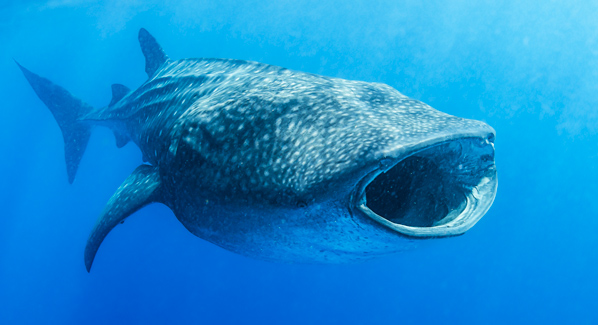
Whale shark swimming off the coast of Isla Mujeres, Mexico. These slow-moving gentle giants are the largest fish in the sea. Photo: Martin Voeller/iStock
While there are plenty of options for a swimming excursion, the reputable boats will only take 10 passengers out and only two at a time are allowed to enter the water so plan on a full day; it’s a good hour boat ride to get out to where the whale sharks hang out. Of course, you need a mask, snorkel, fins, and a shorty suit, a 3 mm should be fine. Most charter boats will provide snorkel gear and lifejackets which are mandatory. And, make sure your sunscreen is reef-safe which means no oxybenzone and octinoxate. Aqua Adventures Eco Divers, is a 5 Star Padi Dive Center and offers swims with the whale sharks and manta rays. They run the boats with 6-10 people from mid-May until mid- September. To book with them: https://diveislamujeres.com/
Azores
Spring to Fall in the Azores is punctuated with flowers growing on hillsides, in fields, along paths, and in home gardens. The volcanic soil gets the credit for the rich and stunning shades of blue and purple hydrangea that mark pathways and are seen in landscapes overlooking lakes. The height of hydrangea flowering is May, but once those blooms have faded the islands are graced with flowering ginger in August and September.
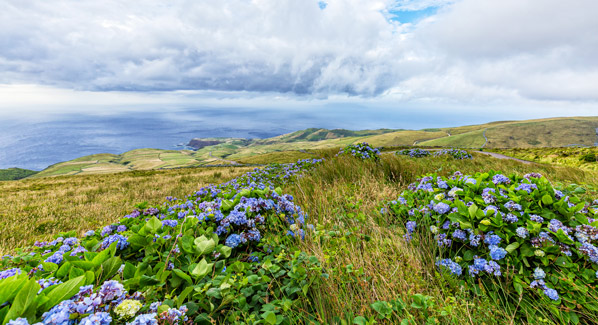
Beautiful rows of hydrangea flowers on the northern coast of Flores, Portugal. Blooms begin in late April and can last until mid-September. Photo: Danaan Andrew- Pacleb/iStock
But visitors come for more than just the flower show; the natural scenery and views on these islands are most impressive. And during the fall, the tourists have dissipated making the islands truly a land to discover on your own. Hiking, walking, and trekking leads to waterfalls, craters, and lakes. By one account there are 83 marked trails to explore. For trails to explore on your own: https://trails.visitazores.com/en If you want to go with an organized group several tour companies take you to volcanic peaks and charming villages. Check out: https://www.exodustravels.com/us/ https://www.backroads.com/ https://www.gadventures.com/
Bermuda
After a warm summer, the water temperature is ideal for long swims and snorkeling explorations along the pink shores of the south coast beaches. Easy beach access makes Horseshoe Bay and Church Bay ideal after the crowds thin out following the June through August high season, and the air temperature will still be warm and balmy. During this endless summertime, you’ll want to explore underwater seas surrounding the islands whether you are a driver or just like to don a mask and snorkel. Snorkel excursions are available around the island from watersports operators like K.S. Watersports https://kswatersports.com/ and Snorkel Adventures Bermuda https://www.bermudasnorkeling.com/. Known as The Shipwreck Capital of the Atlantic, there are over 300 wrecks around the islands plus underwater reefs, rocks, coves, caves, and grottos to explore. For dive and snorkel trips Dive Bermuda https://www.bermudascuba.com/ has two new locations at Somerset and Grotto Bay.
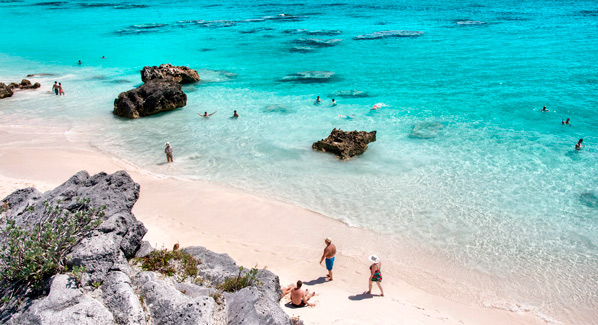
The pink sands and cerulean waters of Horseshoe Bay, Bermuda’s most photographed beach along the south shore are always popular during high season. Photo: Dani Dragoescu/Shutterstock
On land, you’ll want to take in local cuisine which focuses on fresh seafood including tuna, wahoo, amberjack, red hind, rockfish as well and Bermuda spiny lobster during the season which runs from September through the end of March. For a day of tasting visit St. George’s Seafood Festival during the event on September 17 when the island’s talented chefs showcase all versions of local catch. Art lovers will want to check out the first annual Art Month in October. This month-long event will bring together the island’s art community and visiting artists with workshops, beach sip and paint sessions, art tours, and discussions. https://www.gotobermuda.com/event/art-month
Key Largo
Fall is a good time for a snorkeling trip to Key Largo, the northernmost and longest of the Florida Keys just an hour south of Miami. The summer travelers have vacated so crowds are lessened, and the water remains warm so you can leave the wetsuit behind. The Florida Keys National Marine Sanctuary https://floridakeys.noaa.gov/ is the only coral barrier reef in the continental U.S. and covers 3,800 miles of pristine waters stretching from Miami to the Dry Tortugas. There are a plethora of spots to snorkel and dive among wrecks and coral reefs. Popular sites include John Pennekamp Coral Reef State Park https://pennekamppark.com/, the first underwater park which opened in 1963. Molasses Reef Sanctuary Preservation Area may be the world’s most visited reef as snorkelers find shallow waters making it easy to view star and brain coral, sea fans and sponges and colorful parrotfish as well as the occasional sea turtle or stingray. You’ll want to book a snorkel trip with a Blue Star operator, https://sanctuaries.noaa.gov/bluestar/ who practice responsible diving and snorkeling trips. Sea Dwellers Dive Center https://www.seadwellers.com/ offers snorkeling trips to both Molasses Reef and John Pennekamp and follows the Blue Star protocol.
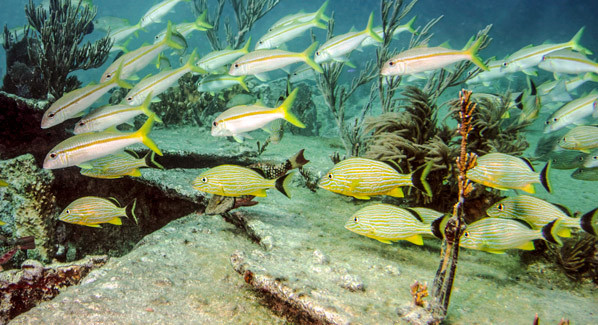
A school of goatfish and blue-striped grunts swim on the seascape of Molasses Reef and the shipwreck of the City of Washington in Key Largo. Photo: Swimwitdafishes/iStock
We all know the world’s coral reefs are in danger of disappearing. But there are chances to see the underwater wonders and opportunities to join in coral renewal and restoration programs in the Florida Keys. You can help the team as a volunteer with the Coral Restoration Foundation in Key Largo as a diver or at the center by building coral trees. There’s also the opportunity to participate in a community dive and snorkel program. https://www.coralrestoration.org/
Corsica
Known as The Isle of Beauty the French island of Corsica is blessed with spectacular scenery including 200 beaches. Some strands are hidden with secret coves and others are backed by mountainous scenery and only accessible on foot. The beaches in the north, the Haute- Corse region are untamed, and you won’t find any amenities, however, the beaches in the southern region of Corse-du-Sud have plenty of watersports available and the necessary comforts.
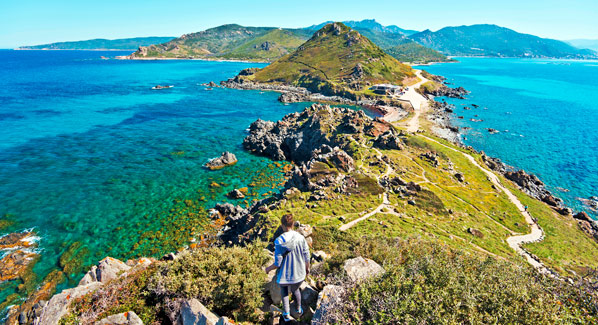
The path down from Genoese Tower along the Parata peninsula unveils a panorama vista of the west coast of the French island of Corsica. Photo: Sasha64f/Getty Images
During the summer when it’s sunny and hot, the beaches are where you’ll want to be. A visit in the fall after the tourists have vanished and it’s prime time for a hike. This rugged and mountainous Mediterranean isle is a hiker’s paradise. More than half the island is made up of parks with marked and unmarked trails unveiling breathtaking coastlines. Trails can be an easy walk or the hard core GR20 which is considered the most difficult hike in Europe and takes about two weeks. If you want to go it a bit easier then join in a walking tour with Backroads. They have a six-day walking & hiking tour that includes coastal towns and mountain hamlets. For more info: www.backroads.com/trips/WSCI-9/corsica-walking- hiking-tour

